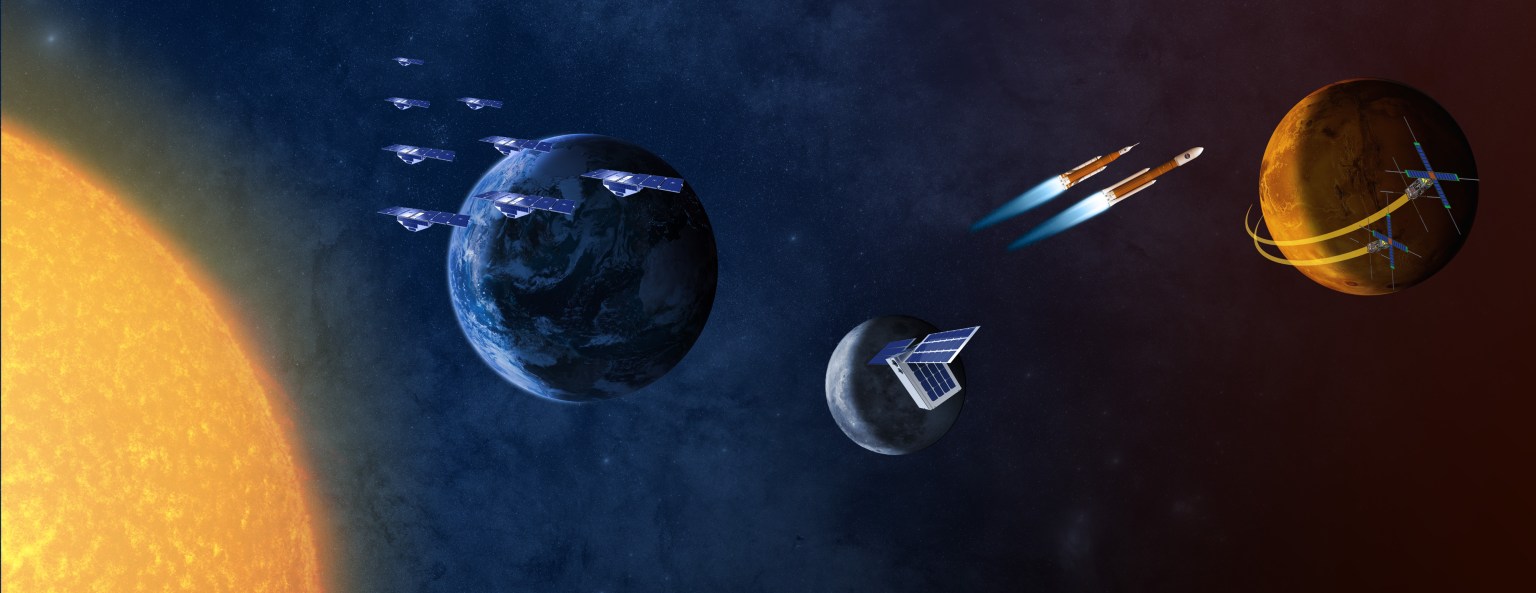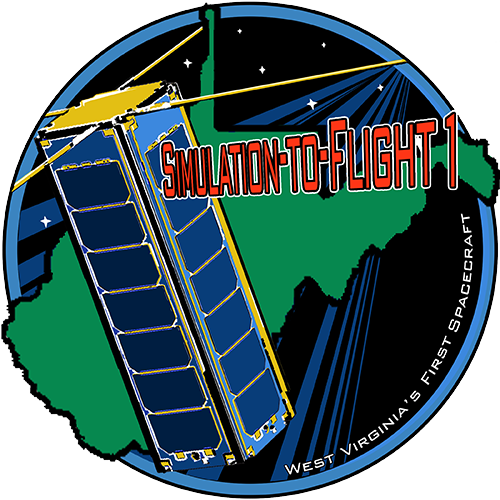Small Spacecraft Community of Practice
Subscribe to receive announcements for the Small Spacecraft Systems Virtual Institute’s (S3VI) monthly webinar series and quarterly newsletter here. We look forward to your participation!

SmallSat Technologies for Low-Cost Planetary Missions
Speaker: John Baker, NASA Jet Propulsion Laboratory
Wednesday, July 13, 2022
10:00AM-11:00AM Pacific Daylight Time
Click here to watch the webinar.
Click here to download the presentation.
Please contact Julianna.L.Fishman@nasa.gov if you experience issues with the audiovisual connection to this webinar.
Abstract: Deep space is now available for anyone to explore. The components and technologies developed by NASA and the Jet Propulsion Laboratory can be used for a small spacecraft to go anywhere within the inner solar system, independently. The technologies can be used for orbiters, landers, rovers, aerial vehicles, or whatever you can imagine, in a compact form factor. This will allow innovation with new types of mission architectures, broader participation in deep space exploration and also more science to be accomplished by both government and private institutions. We will discuss how this came to be, why it’s important and what’s possible now in the area of small missions.
Bio: John is currently the Program Office Manager for Low Cost Planetary Projects. He has over 35 years of experience at the Jet Propulsion Laboratory in Pasadena, California. His most recent accomplishment was the Mars Cube One mission, known as MarCO, the first deep space CubeSat, that successfully flew to Mars in 2018. He is also leading the development of other Projects for NASA including Lunar Flashlight, a 6U CubeSat mission to detect surface water ice on the Lunar south pole, the Lunar Trailblazer to map water ice on the Moon, the Far-side Seismic Suite and the CADRE rovers.
John spent many years flying Earth remote sensing science payloads on the Space Shuttle. He then went to work to develop new planetary science mission concepts and more efficient and reliable approaches to formulate and implement missions. After leading the initial Mars Science Laboratory mission systems engineering, he went to NASA HQ to be a Program Executive for the Lunar Reconnaissance Orbiter mission. John has also led the development of numerous other innovative hardware technologies, software applications and mission concepts.
S3VI encourages the community to submit questions before the webinar to enable more directed responses. Please send questions to raquel.l.redhouse@nasa.gov.
































